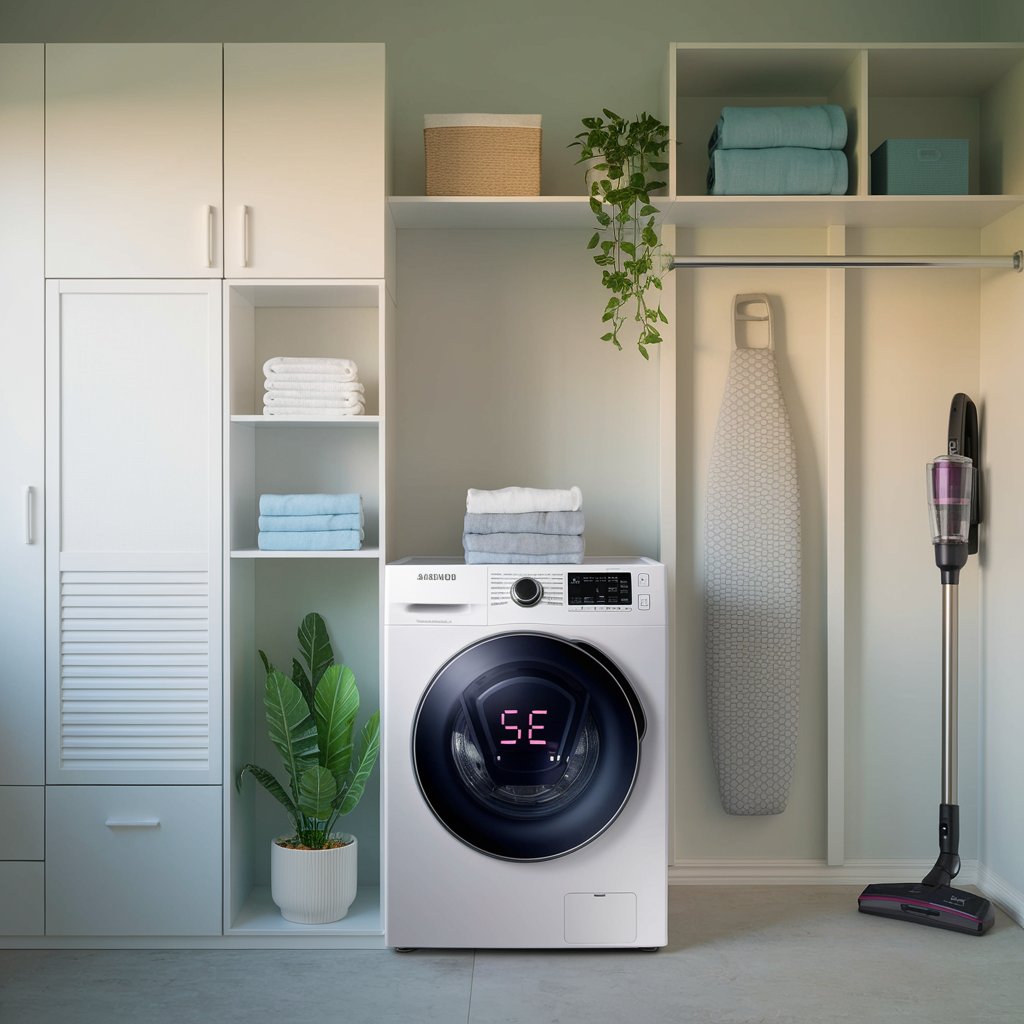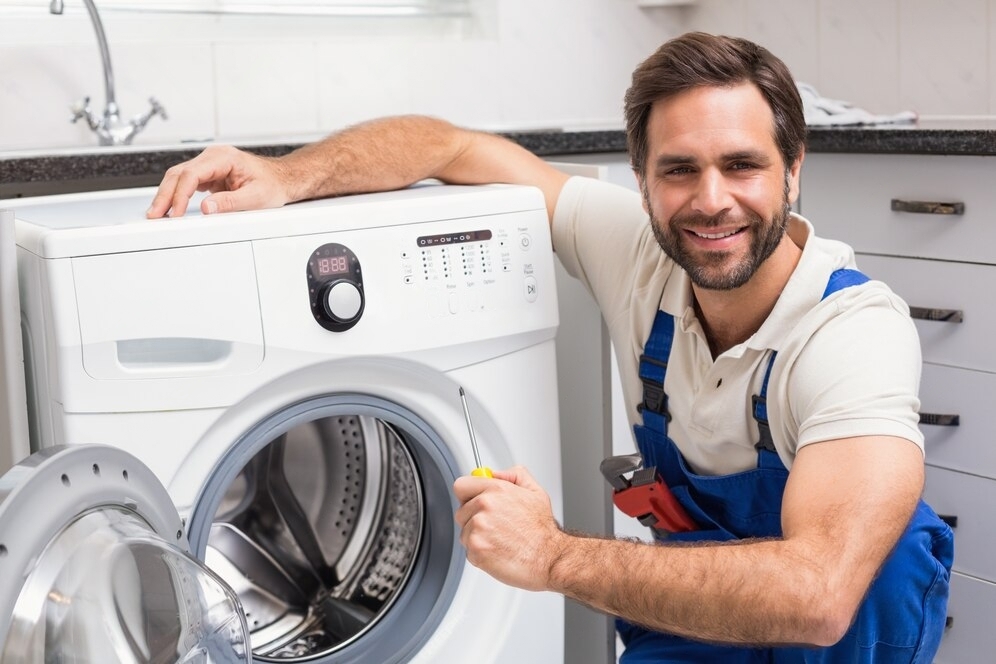Introduction:
A washing machine is an essential appliance in any household, making laundry day much easier. However, when it starts malfunctioning, it can quickly become a source of frustration. Before you rush to call a professional, there are several troubleshooting steps you can take to potentially resolve the issue yourself. In this guide, we’ll explore some common washing machine problems and provide a detailed step-by-step approach to diagnosing and fixing them
1. Washer Not Spinning:
- Lid Switch: The lid switch is a safety feature that prevents the washer from spinning when the lid is open. Over time, it can wear out or break. You can test it by pressing it down manually; if it doesn’t click, it likely needs to be replaced.
- Drive Belt: The drive belt connects the motor to the drum. If it’s worn, stretched, or broken, the drum won’t spin. Inspect the belt for signs of wear and replace it if necessary.
2. Washer Not Draining:
- Drain Hose: The drain hose might be clogged with lint, small items, or debris. Disconnect the hose and flush it out with water. Also, check for any kinks that could be blocking the flow.
- Pump: The pump helps to circulate and drain water. If it’s malfunctioning, the washer won’t drain. Listen for a humming sound when it should be draining; if there’s silence, the pump might be broken or blocked.
3. Washer Not Turning On:
- Power Supply: Ensure that the washer is plugged in and check the circuit breaker or fuse box for any tripped breakers or blown fuses.
- Door Latch: The washer won’t start if the door isn’t securely closed. Inspect the latch for any damage or obstruction. If it’s broken, it will need to be replaced.
- Start Switch: If the start switch is defective, the washer won’t turn on. This usually requires a professional to diagnose and replace.
4. Washer Leaking:
- Hose Connections: Loose or damaged hoses can lead to leaks. Check all connections and tighten them if necessary. Inspect the hoses for any signs of wear or damage.
- Water Inlet Valve: This valve controls the flow of water into the washer. If it’s leaking or not closing properly, it can cause water to leak. It may need to be cleaned or replaced.
5. Washer Making Noise/Sound:
- Foreign Objects: Small items like coins, buttons, or even bra wires can get trapped in the drum or near the pump, causing a rattling or clinking sound. Check the drum and the area around the pump for any objects.
- Unbalanced Load: An unbalanced load can cause the washer to make a thumping or banging noise. Stop the cycle and redistribute the clothes evenly in the drum.
- Tub Bearing: If there’s a grinding or squealing noise, the tub bearing might be worn out. This is a more complex repair and often requires a professional.
Conclusion:
Troubleshooting your washing machine doesn’t have to be a daunting task. By following this step-by-step guide, you can identify and fix many common issues, saving both time and money. However, if the problem persists or you’re unsure about any repair steps, it’s always best to consult with a professional technician to ensure the safety and proper functioning of your appliance. Remember, regular maintenance and prompt attention to any signs of malfunction can help extend the life of your washing machine and keep it running smoothly.


